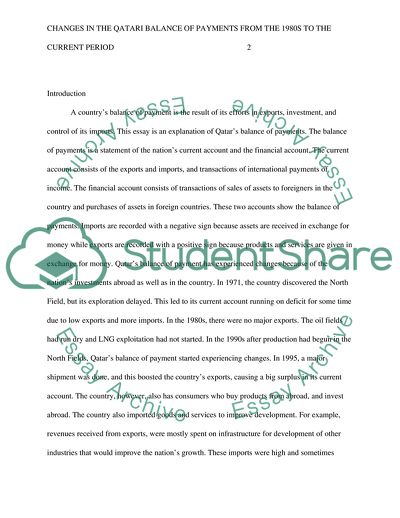Cite this document
(Changes in Qatari balance of payments from the 1980s to the current Research Paper, n.d.)
Changes in Qatari balance of payments from the 1980s to the current Research Paper. https://studentshare.org/macro-microeconomics/1825281-changes-in-qatari-balance-of-payments-from-the-1980s-to-the-current-period
Changes in Qatari balance of payments from the 1980s to the current Research Paper. https://studentshare.org/macro-microeconomics/1825281-changes-in-qatari-balance-of-payments-from-the-1980s-to-the-current-period
(Changes in Qatari Balance of Payments from the 1980s to the Current Research Paper)
Changes in Qatari Balance of Payments from the 1980s to the Current Research Paper. https://studentshare.org/macro-microeconomics/1825281-changes-in-qatari-balance-of-payments-from-the-1980s-to-the-current-period.
Changes in Qatari Balance of Payments from the 1980s to the Current Research Paper. https://studentshare.org/macro-microeconomics/1825281-changes-in-qatari-balance-of-payments-from-the-1980s-to-the-current-period.
“Changes in Qatari Balance of Payments from the 1980s to the Current Research Paper”. https://studentshare.org/macro-microeconomics/1825281-changes-in-qatari-balance-of-payments-from-the-1980s-to-the-current-period.


